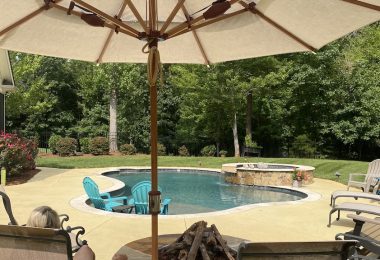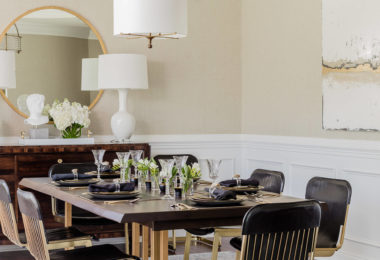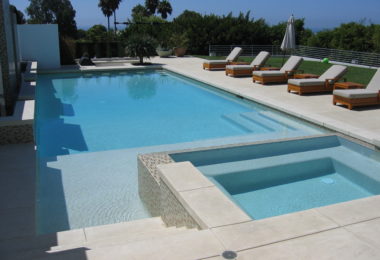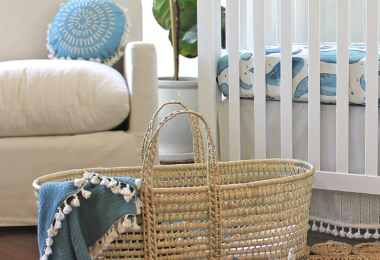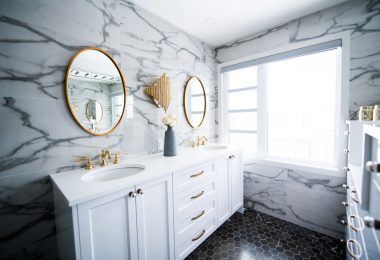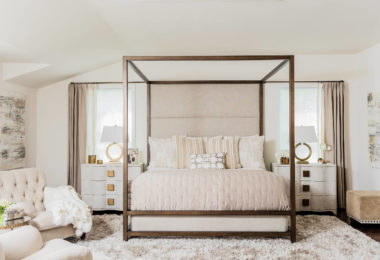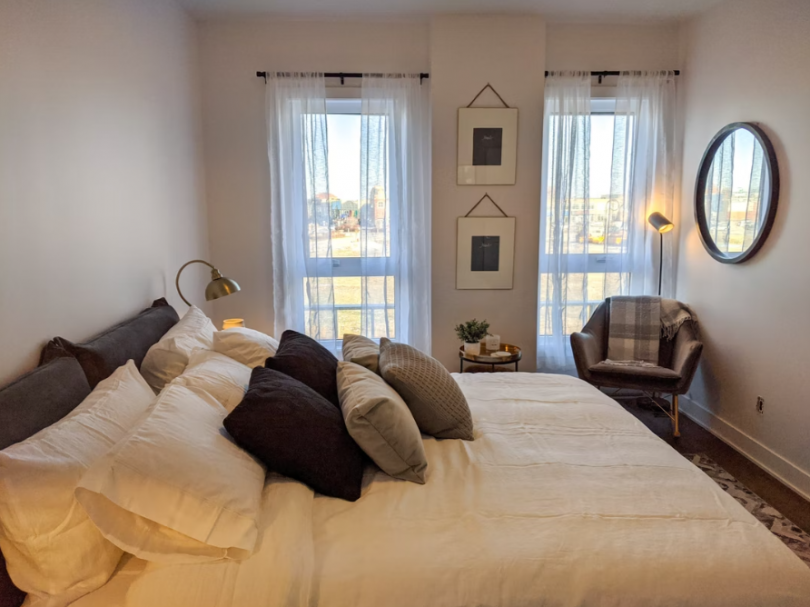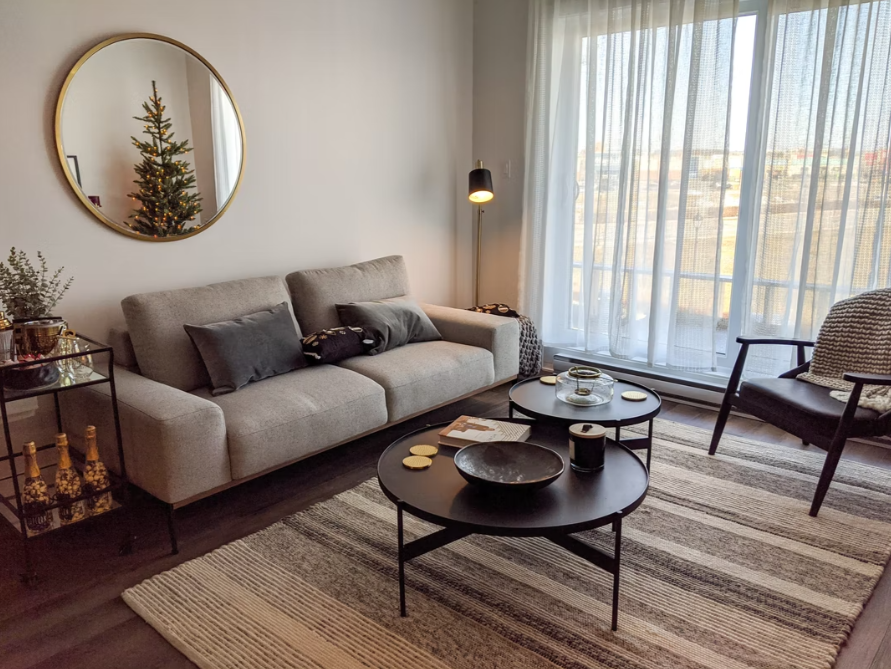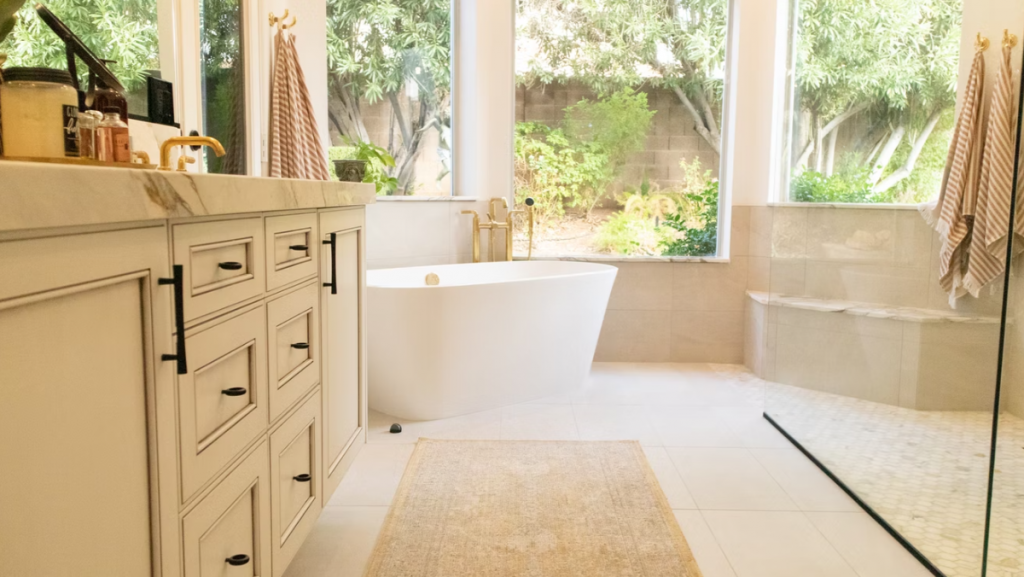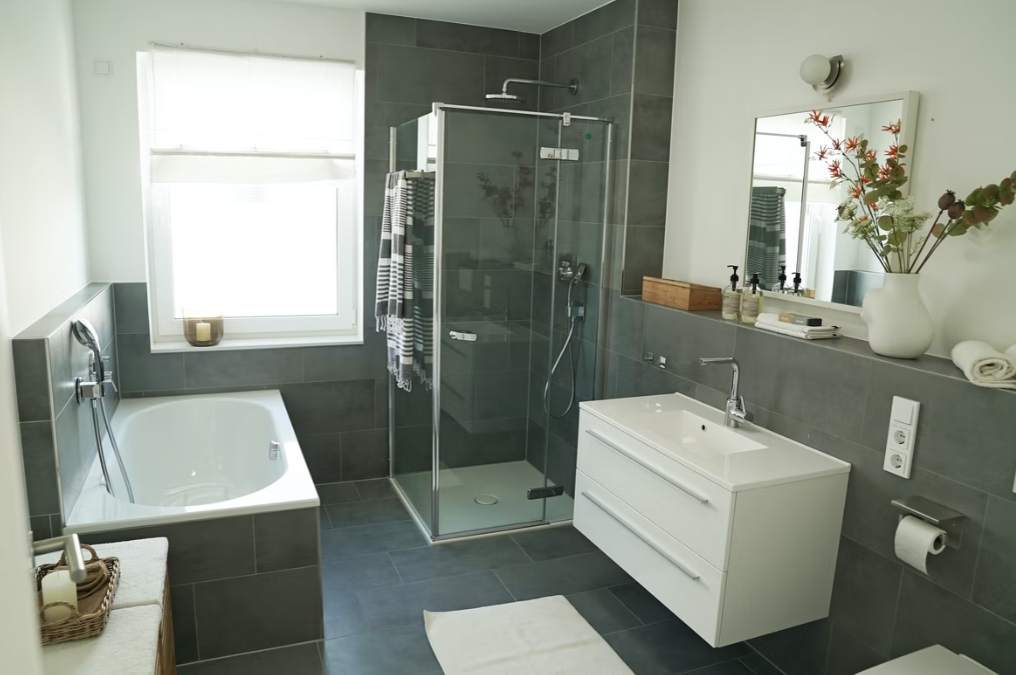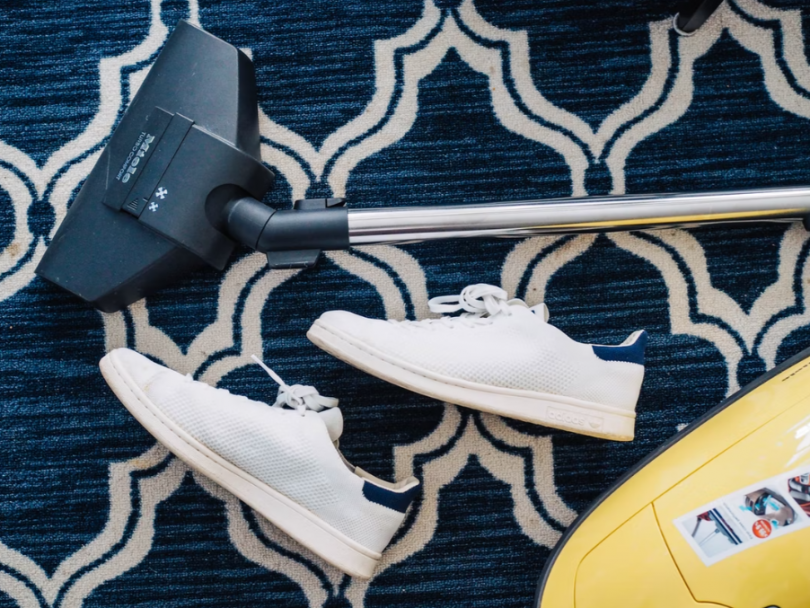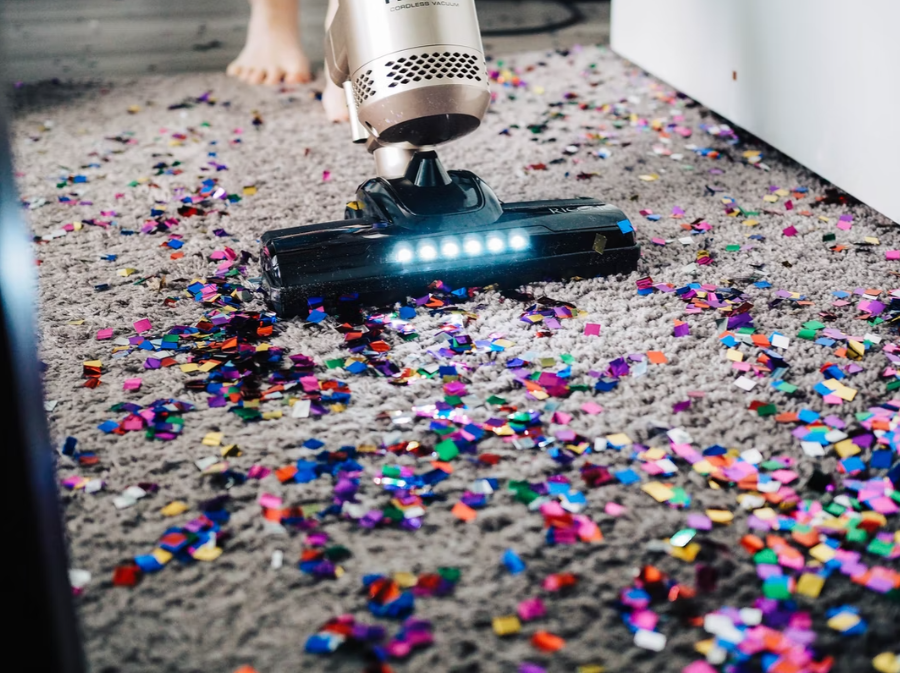Before you move into a new apartment with your pet, make sure to check the rules for pet-friendly buildings. Some building owners restrict certain breeds, including Pit bulls, Rottweilers, and German Shepherds. In general, however, these are not uncommon. How to rent a pet friendly apartment? You should also make sure to check any special amenities offered for your pet.
Breed restrictions
Some landlords restrict certain breeds of dogs, especially large ones that are “scary.” By imposing these breed restrictions, landlords reinforce negative stereotypes about these dogs and cause owners to abandon them. But you can work around these restrictions by convincing the landlord that your dog is perfectly tame and trained. To win over the landlord, prepare a pet resume including pictures of your pooch. Even better, suggest an interview with your pooch. This way, your landlord can see for himself if the breed of dog is dangerous or not.
Before making a final decision about whether to have a pet in your new apartment, consider how much space it will take up. Apartments are generally smaller than houses, and landlords don’t want to keep large dogs on their premises. Some communities prohibit mixed breeds and have age-related restrictions. You may need to explain the reason for the breed restriction and ask if you can find an alternative apartment. If you can’t find one that allows dogs, don’t give up hope.
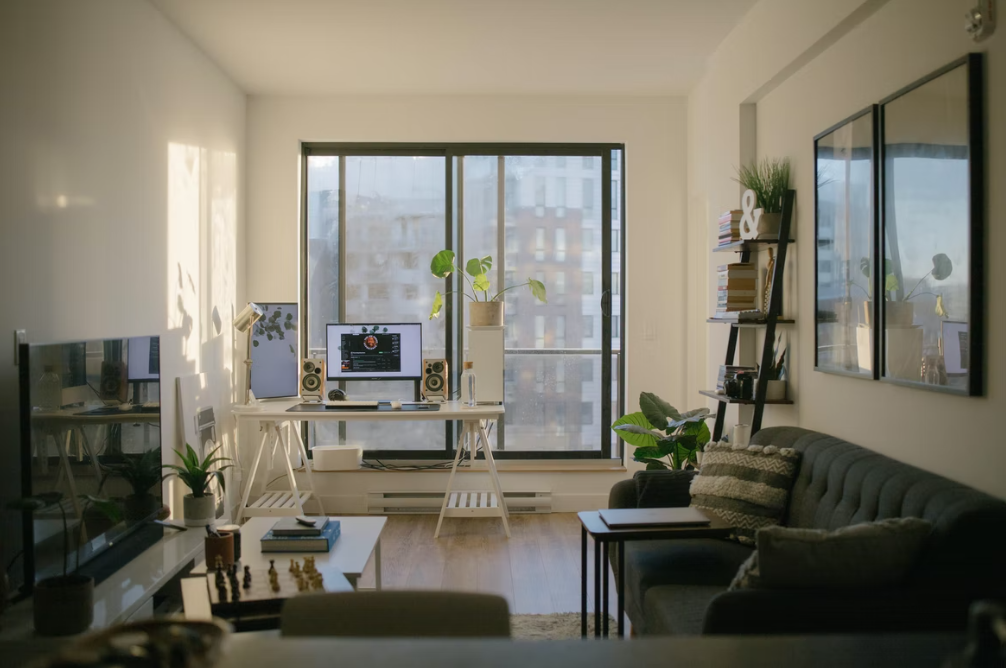
Weight limits
The maximum weight for dogs and cats in apartment buildings can vary greatly. Some landlords will accept dogs up to fifty pounds and others will not. Typically, the weight limits are set by the insurance company for the property. Some landlords may waive the pet approval requirement if you own a goldfish. Make sure you understand what the weight and breed limits are before signing a lease. Pet-friendly apartments can help you find the perfect place for your four-legged friend!
Some types of dogs are considered “gentlemen’s pets,” and some are not allowed at all. Large dogs can produce noise, and apartments typically do not allow them. Even big dogs can make thumping noises that disturb neighbors. Weight restrictions are also different between landlords. Check with your landlord’s policy for information about their weight requirements for dogs. If they won’t allow you to bring your pet, find another place to live.
Amenities
Amenities of pet-friendly apartment buildings include dog parks and other outdoor spaces. Dog parks are especially popular in urban areas with sparse local parks. These facilities offer an area for your dog to play off its energy while keeping the apartment’s traffic flow in check. Some pet-friendly apartments even offer indoor dog runs to provide a warm, dry place for your furry friend to nap during the day. For more information about pet-friendly amenities and their benefits of them, read on!
There are many benefits to pet-friendly apartment buildings, and you can find a variety of them here. Some of these include dedicated outdoor spaces, pet grooming stations, and fitness facilities. There may even be a pet spa available for residents to use without having to leave their homes. In addition, you can purchase a pet insurance policy for your pet and use the rooftops as a dog park. Having a pet is a great way to increase the value of your apartment, so consider offering this amenity as a part of your lease.
Fees
In some cases, you may be charged pet fees even if the apartment is pet-friendly. It is important to choose the right apartment for your pet. Make sure to ask property managers about other pet owners living there. Ask about the communal atmosphere and whether or not there are any incidents between their pets or those of their neighbors. Investigating the community will help you avoid unpleasant scenarios. Space is another consideration. You should consider how much space your pet will need to live comfortably. If you plan on owning a large dog or two, you should look for an apartment with enough space.
A pet deposit guarantees the landlord compensation for any damages your pet causes. Even if your pet does not cause major damage to the apartment, it may still be costly to repair. Some states allow landlords to keep this money as a pet deposit. Although this fee increases the normal wear and tear on an apartment, it still offers a strong incentive for renters to choose pet-friendly apartments. Fees for pet-friendly apartments should be listed on the apartment’s website so that prospective tenants can budget accordingly.
Location
If you want to live in an apartment with a pet, you must first search for apartments that are pet friendly. Many apartment complexes require a pet fee on top of the monthly rent, but they do allow cats and small dogs. Cats are often quieter and cleaner than dogs. If you want to live in an apartment with a pet, you must also check for breed restrictions. Some buildings may not allow certain breeds of dogs, especially larger ones. Make sure to research the requirements of each building in your area, before you sign a lease or pay the first month.

